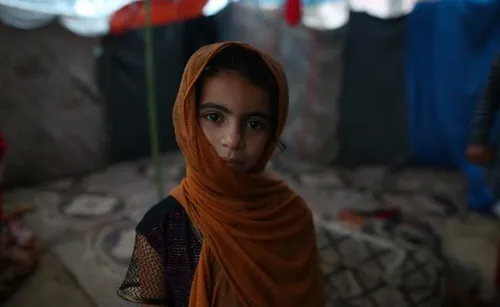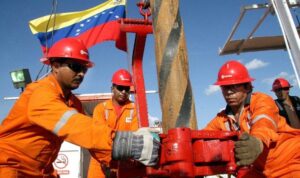
On October 25, Israel’s Prime Minister, Benjamin Netanyahu, justified on national television the massacre in the Gaza Strip – which began 18 days earlier – stating that they, the Israelis, were “children of the light”, while the Palestinians, “children of darkness “.
“We have already killed thousands of terrorists and we are not going to stop there. This is just the beginning,” he said.
Netanyahu has been fulfilling his promise, indiscriminately eliminating the sons and daughters of Palestinian women. In March, the number of preventable deaths of Palestinian children in four months of massacre already exceeded the total number of children killed in all other wars that took place in the world between 2019 and 2022: 12,300. At the beginning of April, the number reached 13,800, according to the local Ministry of Health, with many more buried under the debris left by the bombings.
This number should not stop growing. While bombings continue across Palestinian territory, the UN warns of the possibility that thousands of them will die of hunger, especially in northern Gaza, where there is barely enough food. In the south, the risk of large-scale slaughter is real if Rafah is invaded, as the Israeli government promises to do.
It is in this scenario that the world marks, this April 5th, the Day of the Palestinian Children.
Before the massacre: traumatic scenario
The date was established by the greatest historical leader of this people and winner of the Nobel Peace Prize, Yasser Arafat. In 1995, the then Palestinian president made the announcement when committing to international conventions that guarantee the rights of children and as a way of denouncing the mistreatment suffered by them under the Israeli occupation.
In the current decade, Israel – which determined that the age of criminal responsibility for Palestinians would be 12 years old – had already been toughening up this mistreatment. In 2022, Palestinian Minister for Detainees and Former Detainees, Abdul-Nasser Farawna, said that the number of Palestinian children imprisoned by Israel had grown by 140% between 2021 and 2020.
On Palestinian Children’s Day 2023, the ministry said that 40 of them had been killed and more than 800 detained in just the period of one year.
“Home demolitions, the eviction of Palestinians from Jerusalem, the illegal siege of the Gaza Strip, torture and inhumane practices, as well as the escalation of terrorist attacks by armed Israeli settler militias, devastate the lives of Palestinian children.” , said the ministry, in April this year.
“Combined, these criminal actions and illegal practices create an unbearable and traumatic daily reality for Palestinian children who remain deprived of any form of protection to which they are entitled.”
After the massacre: desperate
If the scenario was “suffocating” before October 7th, as defined by the UN, after the date, it became devastating. In addition to deaths, Unicef said the massacre caused on average the amputation of arms or legs of about 10 Palestinian children per day. Many of these amputations are carried out without anesthesia and with improvised equipment, such as barbed wire, due to the destruction of hospital infrastructure.
The numbers don’t tell the whole story. At the beginning of the week, Canadian doctors interviewed by the British newspaper The Guardian They stated that they had evidence that children were targets of Israeli snipers, due to the bullet marks.
In addition to death and injury, there is hunger. The UN aid coordinator for the area, Jamie McGoldrick, declared in early March that “children are dying of hunger.”
“Before the war, less than one percent of Gaza’s children up to the age of five suffered severe malnutrition. Today, one in every three children up to the age of two suffers from acute malnutrition,” said Unicef coordinator James Elder in end of March. “In northern Gaza, I was surrounded by tens of thousands of people giving the universal sign of hunger, asking for food.”
There is also the headquarters. In December, Unicef warned that children in Gaza had access to just over 2 liters of water per day, when the recommended amount is 15 liters. Since then, with the tightening of the blockade and destruction of sanitation and desalination plants, the situation has worsened.
And there is Rafah. The city on the southern border of the territory, bordering Egypt, had just over 200,000 inhabitants in September. With the territory bombed, more than a million Palestinians are crowded there, in precarious tents, awaiting the arrival of the promised Israeli military offensive.
“Rafah is a city of children, 600 thousand girls and boys are there. An offensive? is offensive,” said the Unicef coordinator.
On the other hand, many children do not die, but many of them find themselves without living relatives. Unicef estimates that the massacre left at least 18,000 children without known family members who could take responsibility for them.
The massacre of Palestinians carried out by Israel is considered genocide by an increasing number of countries. Around the world, several entities take advantage of this date to mark Palestinian Children’s Day as the International Day of Solidarity with Palestinian Children and denounce the attack against civilians – the majority of women and children – as war crimes committed by the current government. of Israel.
Children photographed in Rafah at the beginning of January / m.gaza
Editing: Leandro Melito

Source: www.brasildefato.com.br

